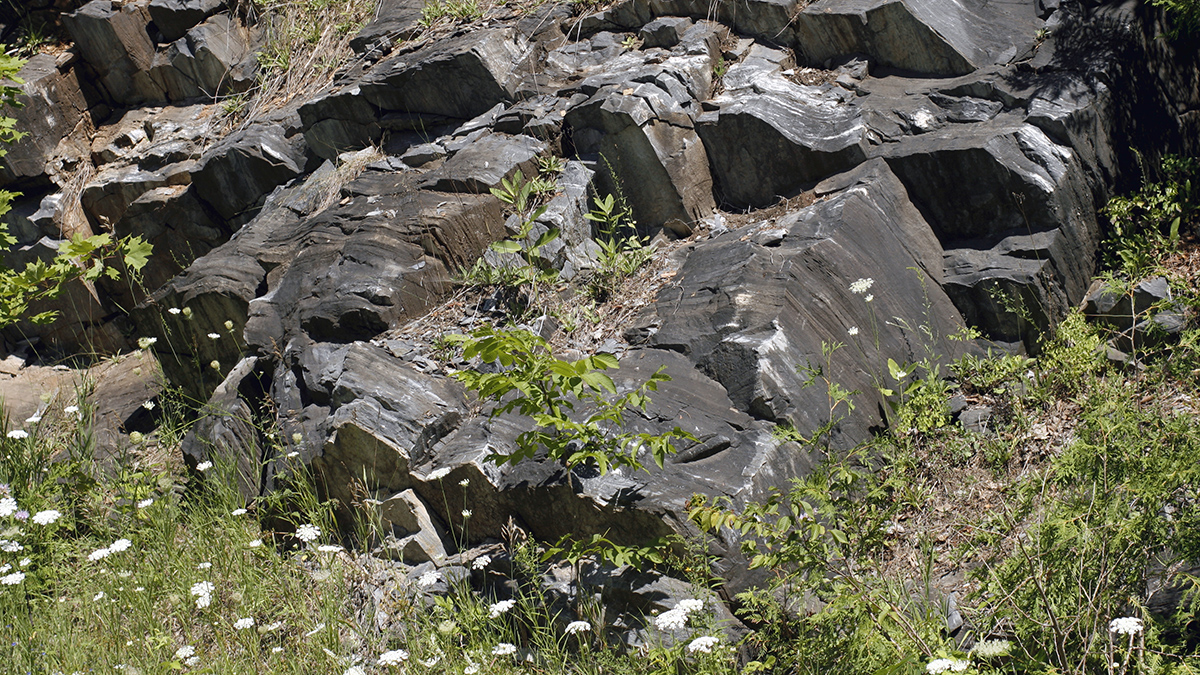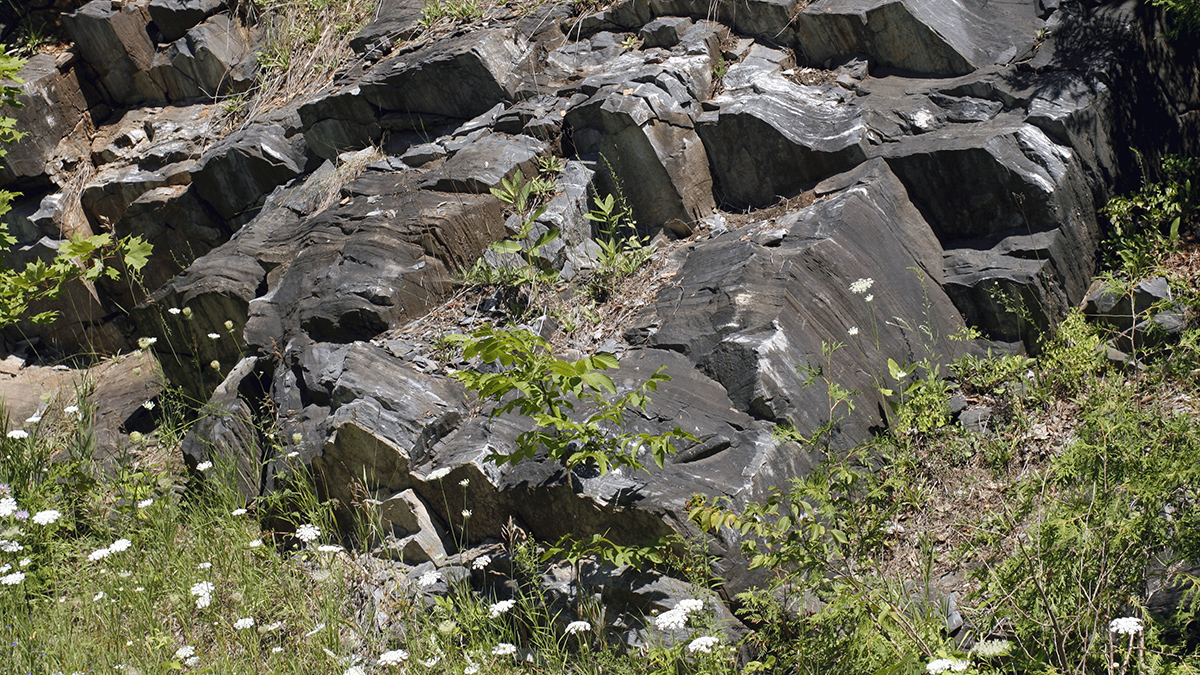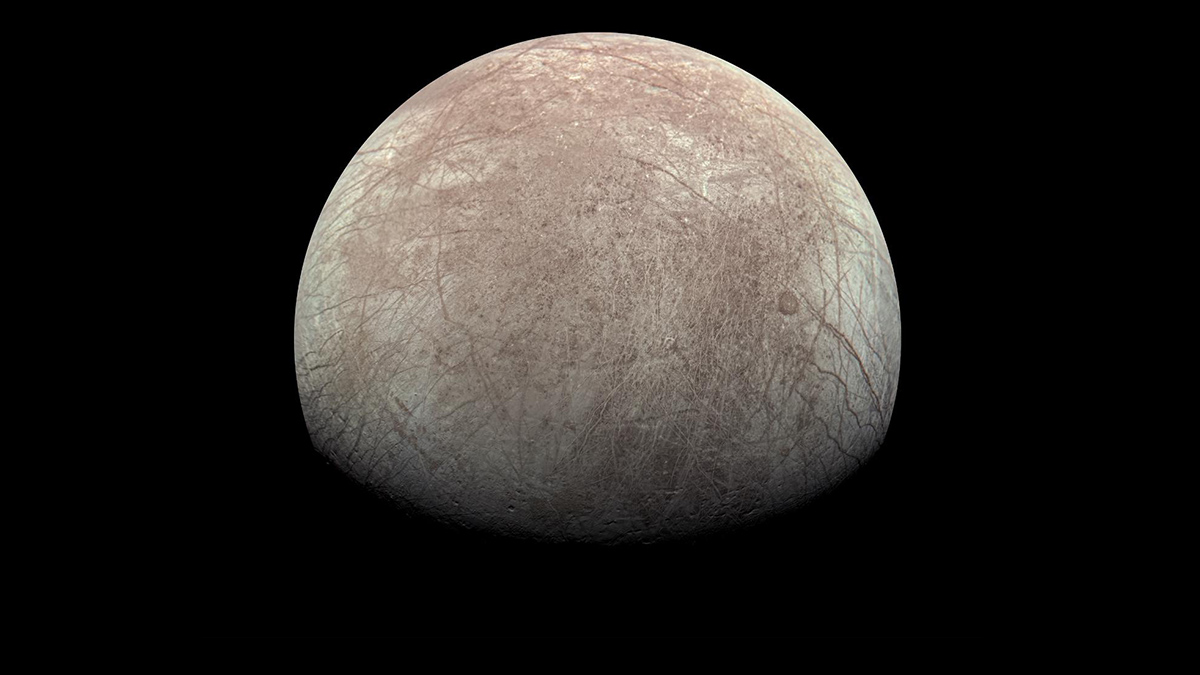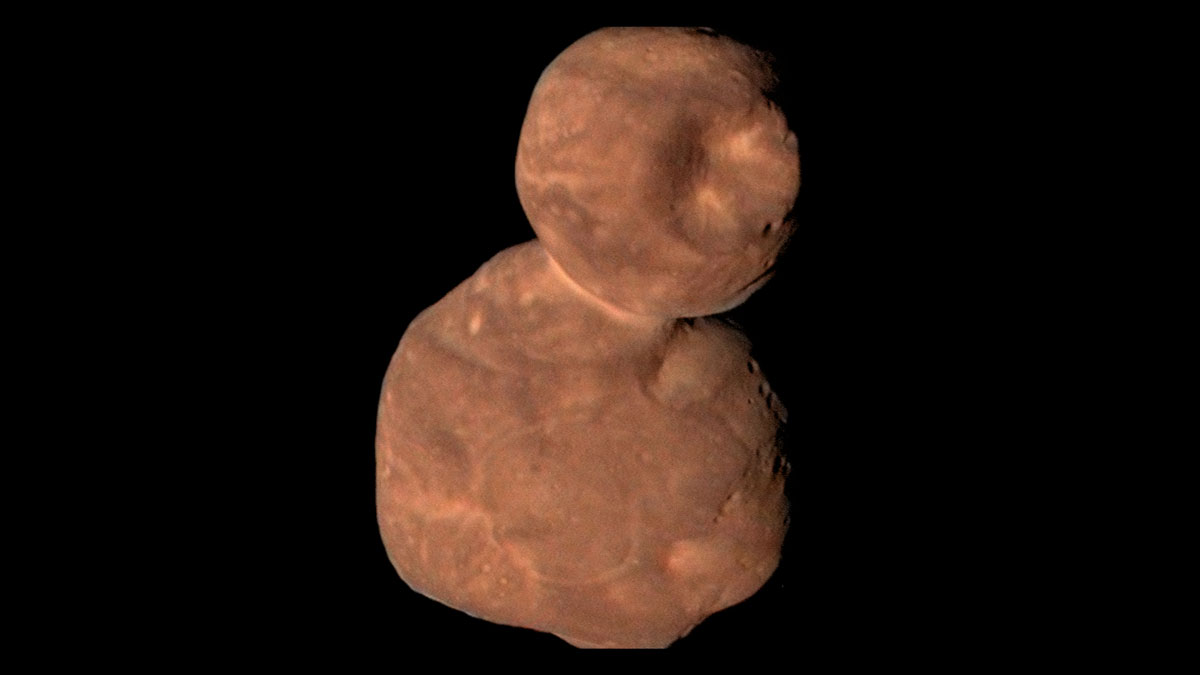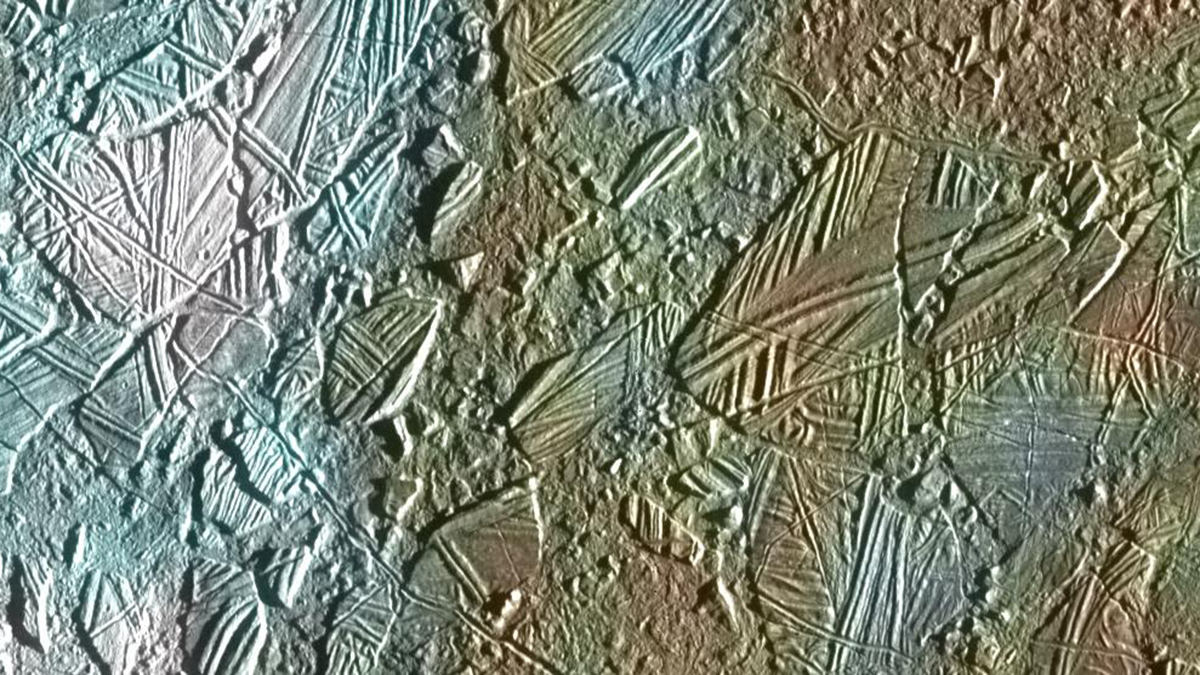After a decade-long search, scientists captured a type of elusive aurora on camera.
Javier Barbuzano
Javier Barbuzano is a freelance science journalist based in Barcelona, Spain. He received his master’s in science journalism from Boston University in 2017 and holds a degree in environmental science from the University of Granada in Spain. His work appears in publications like Eos, Sky & Telescope, and El País.
Sedimentos radiactivos podrían haber construido los cratones de la Tierra
La meteorización de los primeros continentes podría haber puesto en marcha la formación de cratones, las raíces inmutables de los continentes.
Radioactive Sediments May Have Built Earth’s Cratons
Weathering of the earliest continents could have set in motion the formation of cratons, the immutable roots of continents.
The Moon’s Mantle Did a Flip—and Scientists May Now Have Evidence
For decades, a lunar whodunit has puzzled scientists: Did the Moon’s internal layers flip during its formation? Old data might hold the evidence to solve this cold case.
Europa’s Ocean Might Lack the Ingredients for Life
The lack of volcanism and tectonic activity on Europa’s seafloor might hinder the moon’s potential to host living organisms.
Mars’s Interior May Have an Extra Layer of Molten Rock
New findings suggest that unlike in Earth, the bottom of Mars’s mantle is a sea of molten silicate rock.
Arrokoth’s Mounds Hint at How Planetesimals Form
The most remote world ever seen up close is a mash-up of smaller pieces.
Astronomers May Have Spotted the Birth of a Planet
Lumps of dust are spiraling around a young star 5,000 light-years away. They could be Jupiter-like planets in the making.
Subsurface Oceans Could Boost Exoplanet Habitability
Researchers have shown that oceans buried below layers of ice are more common than previously thought.
Air Pollution Increases COVID-19 Risks
A crop of new studies shows that exposure to air pollution adds days to hospital stays and increases the likelihood of death from COVID-19.


